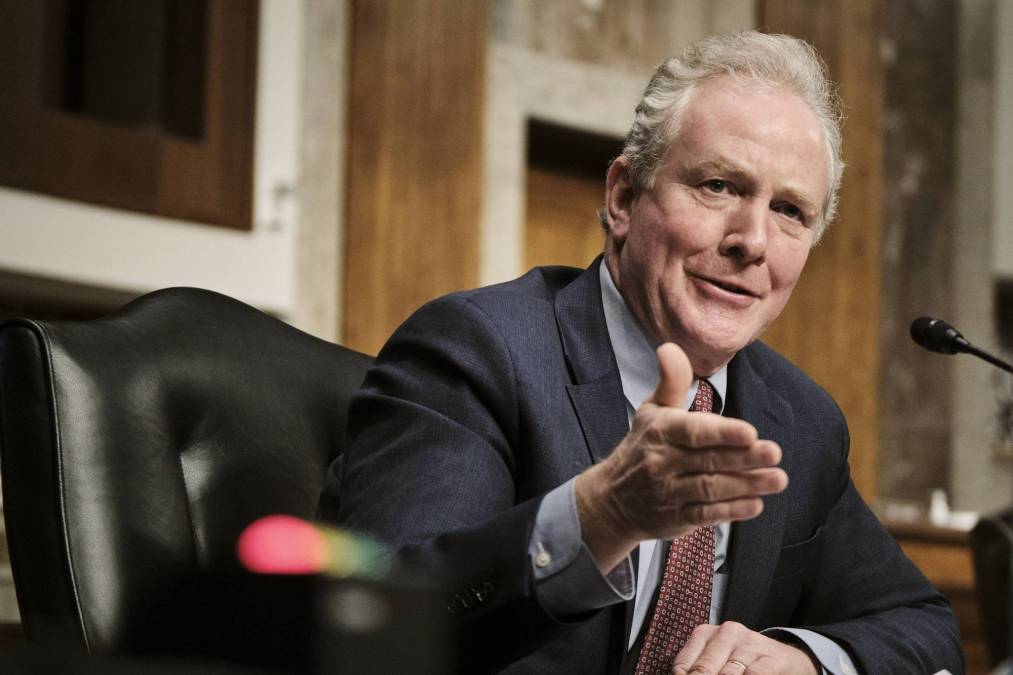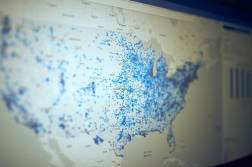Sen. Van Hollen asks Treasury to clarify ARPA’s broadband rules

With an eye on the communities that were most greatly affected by the pandemic, Sen. Chris Van Hollen, D-Md., asked Treasury Secretary Janet Yellen in a letter Wednesday to clarify rules on how state and local governments can use American Rescue Plan funding to expand high-speed internet access.
Though the March relief package includes $362 billion in funds that can be used by states and localities on a variety of purposes, including broadband, Van Hollen requested that the Treasury Department create a final rule further clarifying the funding’s flexibility. In particular, he requested clarity to support communities with limited competition among internet service providers and where urban and suburban communities have stark divides in access between high- and low-income areas.
“The Department should clarify in the rules that eligible projects are not required to solely provide service to unserved and underserved locations and that if a jurisdiction lacks unserved or underserved areas, that jurisdiction may still use funds for broadband infrastructure,” he wrote.
Service affordability is another consideration for which Van Hollen requested additional clarity. A third of low-income Americans reported difficulty paying for internet or smartphone data service during the pandemic, according to research published last month by the Pew Research Center.
Van Hollen also pointed to the Federal Communications Commissions’ unreliable broadband access data as a potential sticking point for some localities. The FCC’s definition of a “served” community, for instance, is linked to data that the FCC itself has admitted is inaccurate. More precise data, such as that showcased on a map maintained by the National Telecommunications and Information Administration, shows that some of the areas where need is greatest are considered “served” by the FCC’s definition.
Some of the concerns raised by Van Hollen were addressed by the Treasury Department in a June 24 guidance document that notes new broadband infrastructure projects are not required to be located in entirely unserved areas.
“It suffices that an objective of the project is to provide service to unserved or underserved households or businesses. Doing so may involve a holistic approach that provides service to a wider area in order, for example, to make the ongoing service of unserved or underserved households or businesses within the service area economical,” a Q&A document reads.
The guidance also gives permission for governments to use “any available data” to determine which areas need service most. Christopher Mitchell, the Institute for Local Self-Reliance’s broadband director, told StateScoop that Baltimore provides a good example of where using inaccurate data could mislead policy decisions.
“Baltimore has wall-to-wall Comcast coverage,” he said. “Comcast claims it can deliver a gigabit to just about any address, so some would say Baltimore’s served, but during the pandemic half of the kids in Baltimore schools didn’t have home internet access. So you tell me how that could possibly be ‘served.’ That’s the problem with how the Treasury has gone about this.”
Mitchell said he supports Van Hollen’s request, but also said he believes the guidance issued by the Treasury Department already indicates that state and local governments will have latitude in how they spend recovery funds on broadband. The department has noted a preference for solutions that originate in the communities where service is needed, prioritizing support for infrastructure projects “owned, operated by, or affiliated with local governments, non-profits, and co-operatives.”
“I feel like Sen. Van Hollen makes the right point and Treasury agrees,” Mitchell said. “Now it’s just a question of how to make it clear to the city attorneys that have to sign off on this.”






